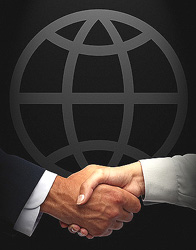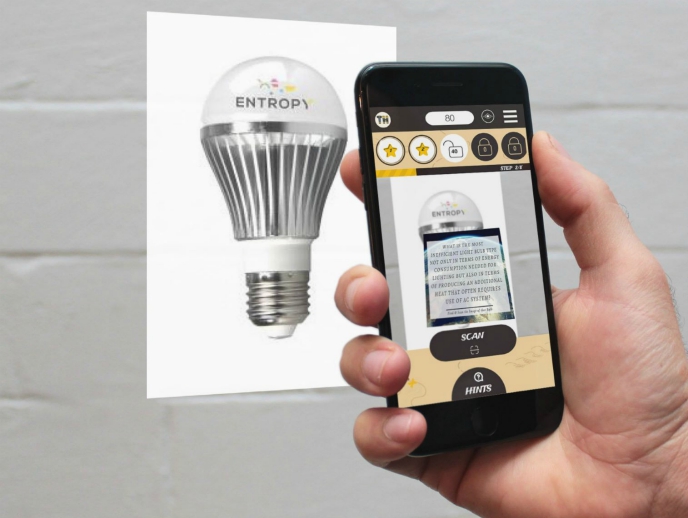Building a Web of trust
Tim Berners-Lee, the creator of the World Wide Web, wrote in 1999: "If HTML and the Web made all the online documents look like one huge book, RDF, schema, and inference languages will make all the data in the world look like one huge database." Today, the developments outlined by Mr. Berners-Lee six years ago are known as the Semantic Web. Data is tagged using the Resource Description Framework (RDF). Because of the additional information included in the tags, users get fewer and more meaningful results for each query to the web. As the expected quality of the returned data rises however, developers have to answer the question of how to evaluate the trustworthiness of a data source or a service. SWAD-Europe, acting under the auspices of the World Wide Web Consortium (W3C), has developed a framework that achieves just that. When concluding a contract, the framework can be used to access trusted third parties who can provide recommendations about potential providers. These recommendations are based on either fourth party recommendations or the providers' reputation based on experience. The framework makes use of the Trust Ontology, a small ontology written in RDF and the Web Ontology Language (OWL), which extends the large and popular FOAF ("friend of a friend") Vocabulary/Ontology. It is also available to potential partners through an unrestricted Open Source licence. The project team is already collaborating with two consortia, firstly on further developing this application with the Semantic Web Environmental Directory, and secondly on applying this approach to collections of natural history resources.







